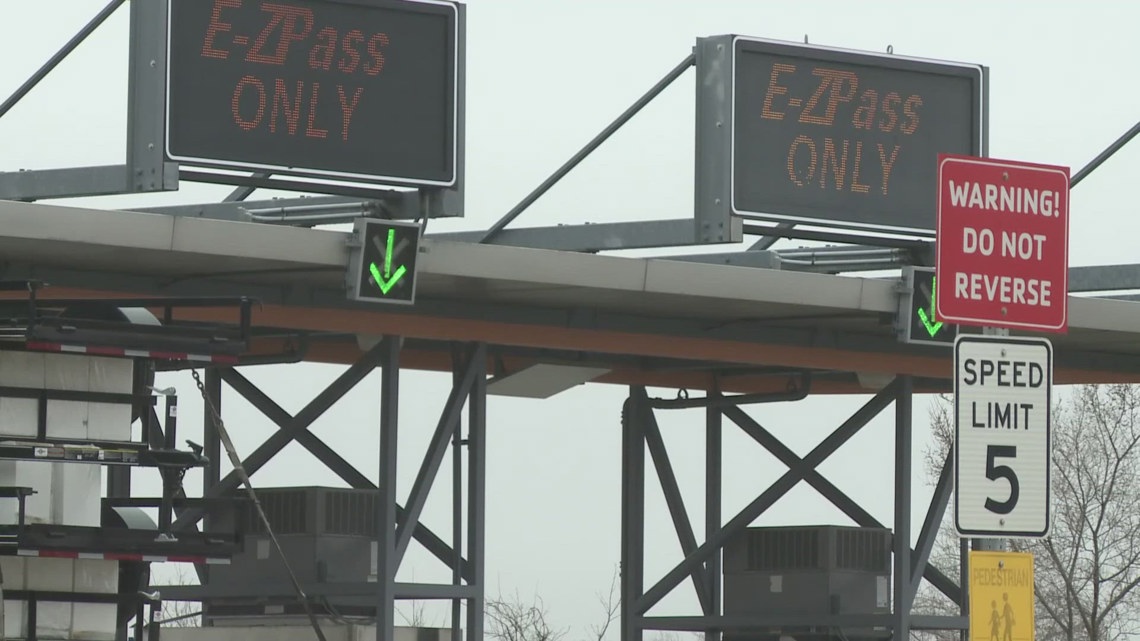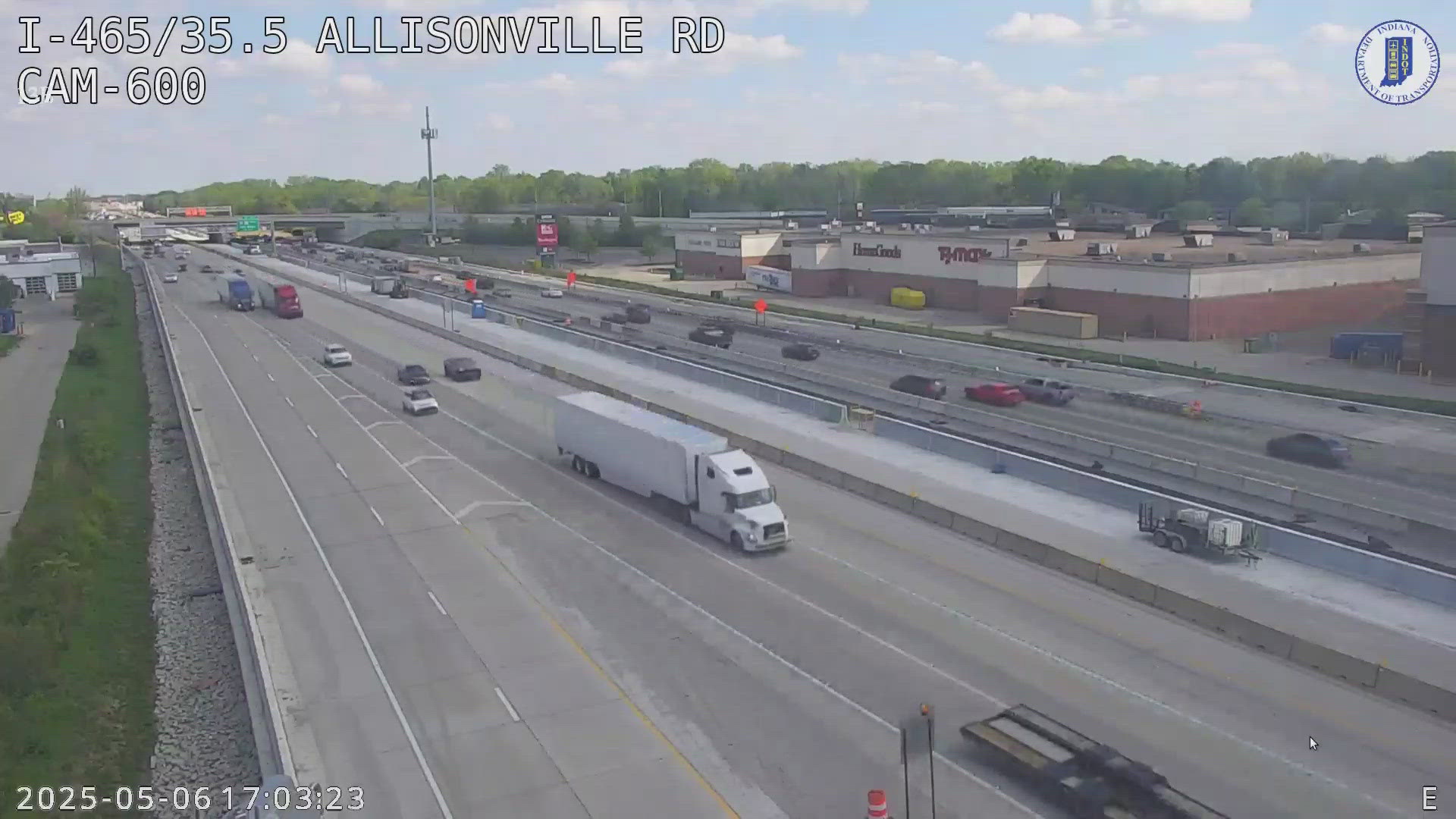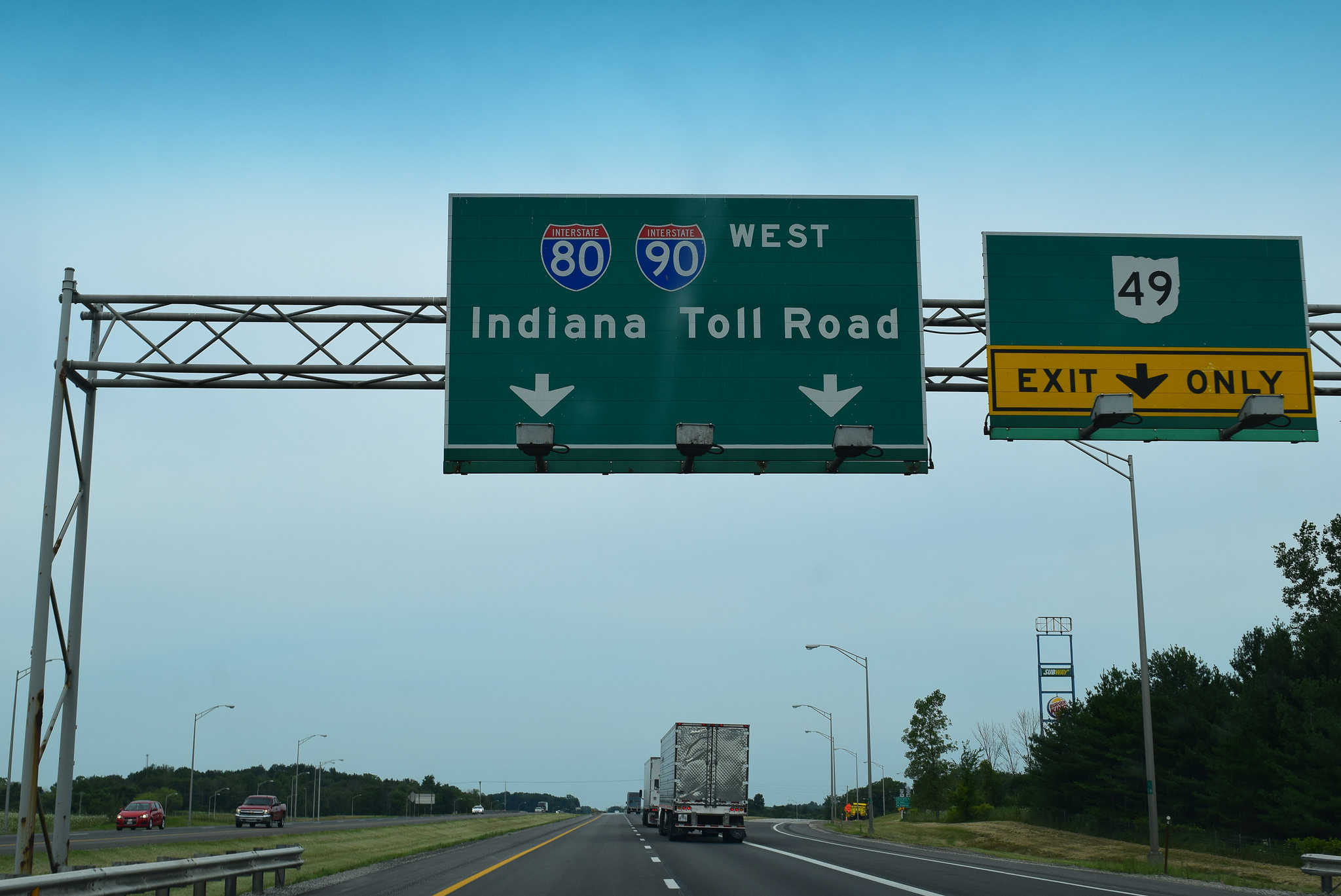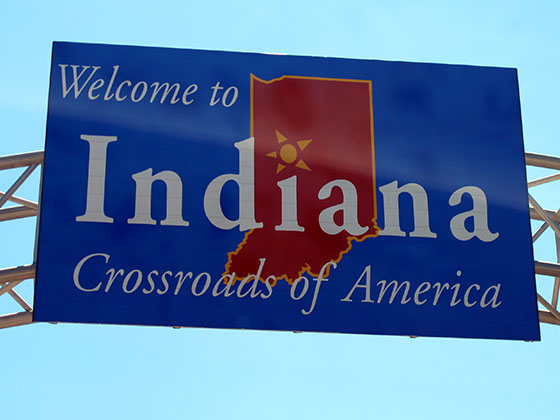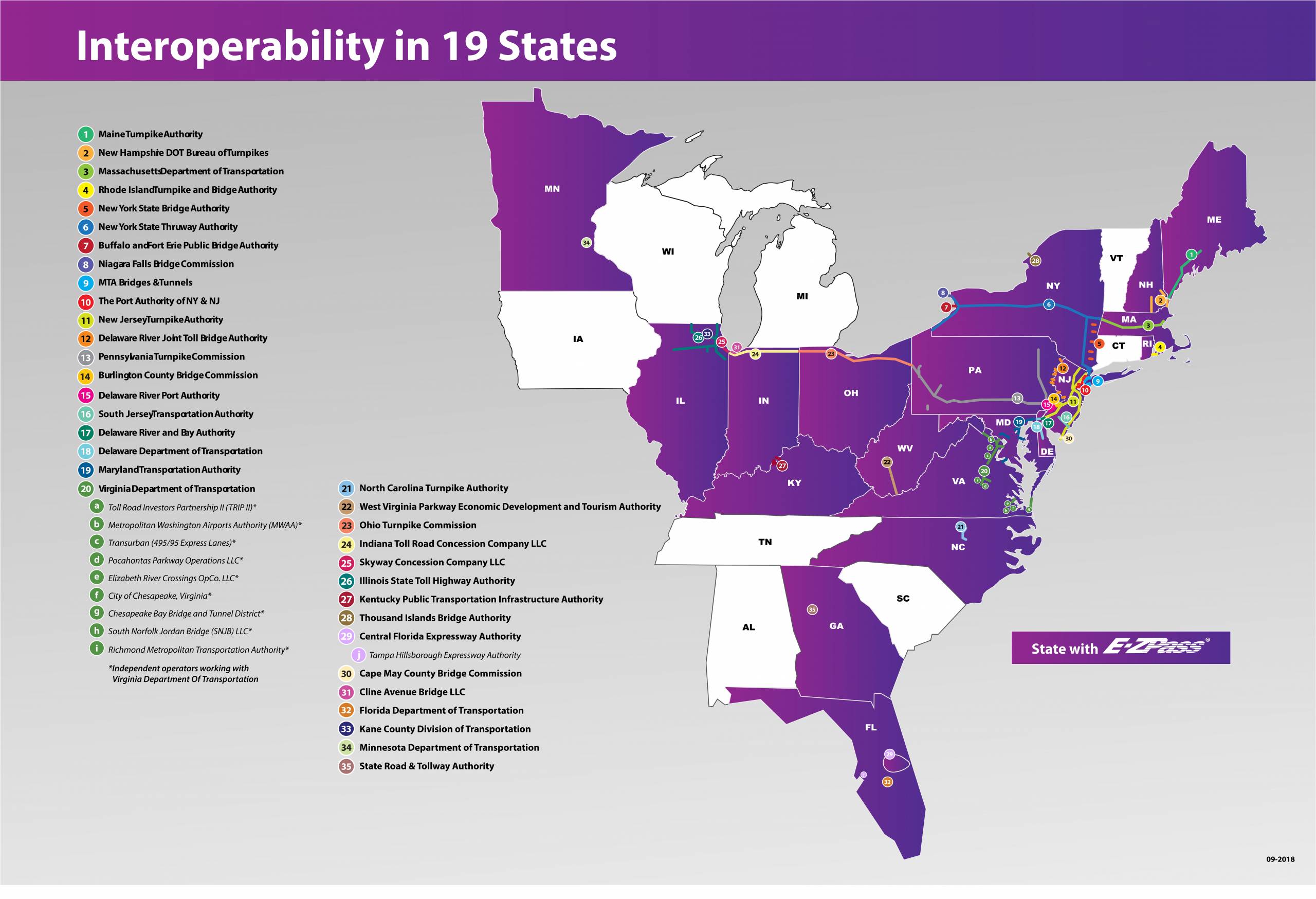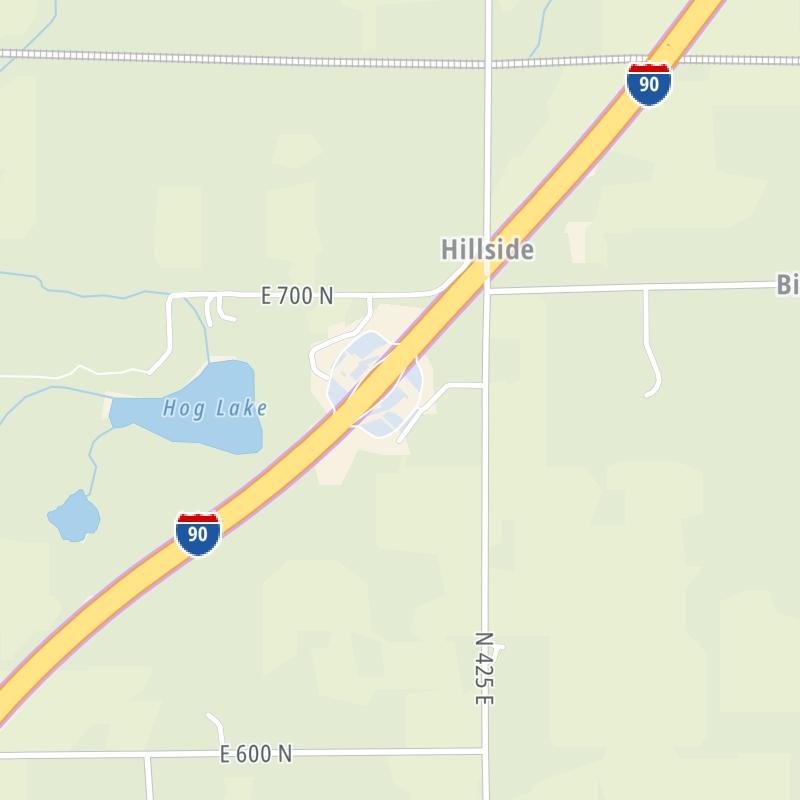How Much Are Tolls In Indiana

Imagine cruising down a sun-drenched Indiana highway, windows down, the scent of freshly cut cornfields filling the air. The open road stretches before you, promising adventure, connection, and the simple joy of getting from point A to point B. But as you approach that telltale toll booth, a nagging question pops into your head: How much is this going to cost me?
Understanding Indiana's toll system can feel like navigating a maze. This article aims to demystify the costs of traveling on Indiana's toll roads, providing a clear and concise guide to help you budget for your journey and avoid any unexpected expenses. From the Indiana Toll Road to the various bridges and bypasses, we'll explore the rates, payment options, and factors that influence the final amount you'll pay.
The Indiana Toll Road: A Main Artery
The Indiana Toll Road, officially known as I-80/I-90, is perhaps the most well-known toll facility in the state. Spanning the northernmost part of Indiana, it offers a vital east-west connection for travelers and truckers alike.
Operated by Indiana Toll Road Concession Company (ITRCC), this 157-mile stretch of highway uses a mileage-based toll system. This means the amount you pay depends on the distance you travel.
Rates also vary depending on the vehicle class. Passenger cars typically fall under the lowest rate, while larger vehicles, such as trucks and RVs, pay considerably more.
E-ZPass vs. Cash Payment
One crucial factor affecting the cost is your method of payment. Using an E-ZPass transponder offers significant savings compared to paying with cash.
The E-ZPass system allows for electronic toll collection, streamlining the process and reducing congestion. Drivers with an E-ZPass account typically receive a discounted rate on the Indiana Toll Road.
For example, a trip from the Ohio border to the Illinois border might cost around $12-$15 for passenger vehicles with E-ZPass. The same trip paid with cash could easily exceed $20.
It’s always best to check the official Indiana Toll Road website for the most up-to-date toll rates, as they are subject to change.
Beyond the Indiana Toll Road: Other Toll Facilities
While the Indiana Toll Road is the most prominent, several other toll facilities exist throughout the state. These include bridges, bypasses, and other limited-access highways.
The East End Crossing Bridge, connecting Indiana and Kentucky, is one such example. It offers a crucial transportation link across the Ohio River.
Toll rates on these facilities vary depending on the location and the governing authority. Some may offer E-ZPass discounts, while others operate on a cash-only or pay-by-plate system.
The Importance of Research
Before embarking on a trip, it's wise to research any potential toll facilities along your route. Websites like TollGuru and the official websites of the specific toll facilities can provide valuable information.
Planning ahead can save you money and prevent unexpected delays. Many navigation apps, such as Google Maps and Waze, also offer toll avoidance options, allowing you to choose routes that minimize toll expenses.
Remember, sometimes the perceived savings of avoiding tolls can be offset by increased travel time and fuel consumption. It's important to weigh the costs and benefits carefully.
Factors Influencing Toll Costs
Several factors can influence the amount you ultimately pay in tolls. Vehicle classification is a primary determinant.
Larger vehicles, such as trucks and buses, are subject to higher toll rates due to their increased weight and impact on road infrastructure. The number of axles also plays a significant role in determining the toll rate.
Time of day can sometimes influence toll rates, particularly on certain bridges and highways experiencing peak hour congestion. Dynamic pricing, where tolls fluctuate based on demand, is becoming increasingly common in some regions, although it’s not widely implemented in Indiana yet.
Understanding Vehicle Classification
Accurately classifying your vehicle is essential to avoid overpayment or potential fines. Check the specific guidelines for each toll facility to ensure you're paying the correct rate.
Typically, passenger cars and motorcycles fall under the lowest rate category. Vehicles with trailers or multiple axles will likely be classified differently.
If you are unsure about your vehicle classification, it’s best to contact the tolling authority directly for clarification. The Indiana Toll Road Concession Company can provide assistance with vehicle classification questions related to I-80/I-90.
Payment Options: Choosing What Works Best for You
Indiana toll facilities offer various payment options to accommodate different travelers' needs. As mentioned earlier, E-ZPass is the most convenient and cost-effective choice for frequent travelers.
Cash payment is still accepted at some toll booths, but it's becoming increasingly less common. Be prepared to have exact change or small bills, as toll attendants may not be able to make large amounts of change.
Pay-by-plate systems are gaining popularity, allowing vehicles without an E-ZPass to be billed based on their license plate information. However, these systems often come with additional administrative fees.
The Benefits of E-ZPass
In addition to discounted toll rates, E-ZPass offers other advantages. It eliminates the need to stop at toll booths, saving you time and reducing traffic congestion.
E-ZPass accounts can be easily managed online, allowing you to track your toll expenses and replenish your account balance automatically.
Furthermore, E-ZPass is widely accepted in other states, making it a valuable asset for travelers venturing beyond Indiana's borders. Check the E-ZPass website for a list of participating states.
Looking Ahead: The Future of Tolling in Indiana
As infrastructure needs continue to evolve, tolling is likely to play an increasingly important role in funding transportation projects in Indiana. Future developments could include the expansion of existing toll facilities or the implementation of new toll roads.
Technology will also continue to shape the future of tolling. Innovations such as all-electronic tolling and dynamic pricing are expected to become more prevalent.
Staying informed about these developments will be crucial for travelers seeking to navigate Indiana's roadways efficiently and affordably. Monitoring the Indiana Department of Transportation (INDOT) website is an excellent way to stay up-to-date on the latest tolling policies and projects.
Navigating Indiana's toll roads doesn't have to be a stressful experience. By understanding the different toll facilities, payment options, and factors influencing cost, you can plan your trips with confidence.
So, the next time you find yourself cruising down an Indiana highway, you'll be prepared for those toll booths, knowing exactly what to expect and how to pay. Embrace the journey, enjoy the scenery, and travel smart.


